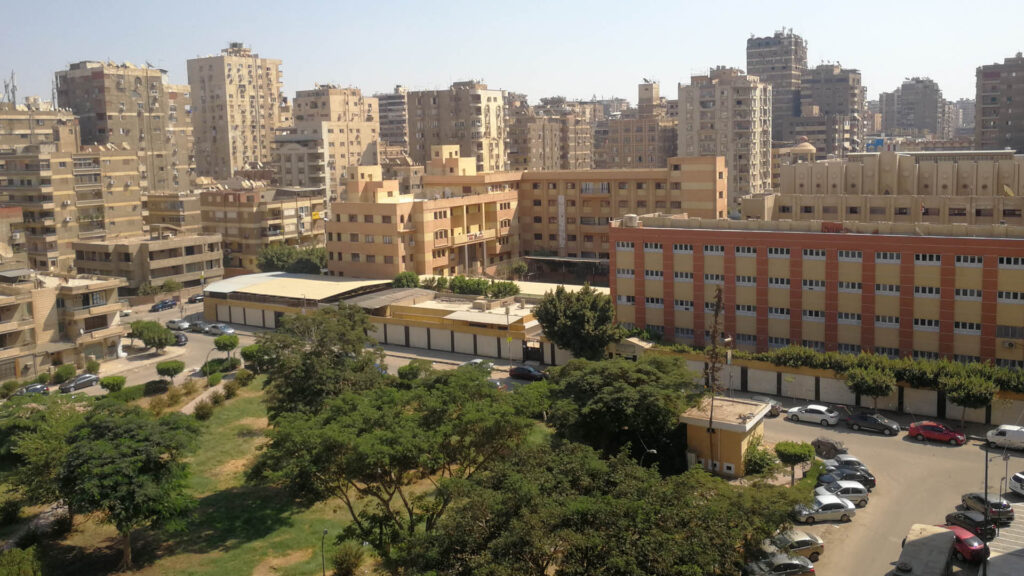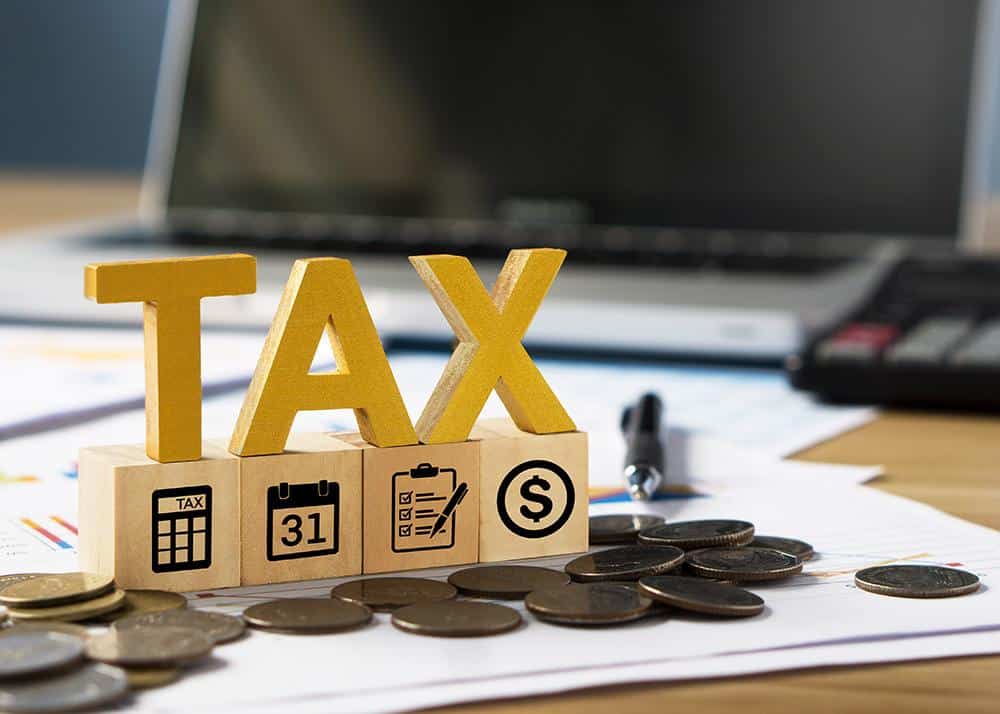Have you ever wondered why Nasr City continues to be one of Cairo’s most active apartment markets, even with all the shiny new developments popping up across New Cairo and the New Administrative Capital?
The answer lies in its unbeatable location, accessibility, and the type of community that has taken shape here over the decades.
In 2025, Nasr City stands as one of Egypt’s most stable and attractive real estate hubs. Whether you’re a broker trying to understand what drives demand, a buyer looking for value, or a developer seeking insights into market dynamics, this article unpacks everything you need to know about the apartment market in Nasr City, from price trends and buyer behavior to future outlooks and investment tips.
The Legacy and Appeal of Nasr City
Nasr City is one of Cairo’s largest and most influential districts. Built originally in the 1960s as a planned extension to Heliopolis, the area quickly became synonymous with wide streets, organized grid planning, and an urban lifestyle that balanced residential comfort with accessibility.

Fast-forward to today, Nasr City remains a powerful name in the Cairo property market. While many neighborhoods have become overly crowded or lost their charm, Nasr City has managed to retain its livability, thanks to its balance of commercial activity, residential blocks, and accessibility to almost every corner of Cairo.
Buyers choose Nasr City because it offers something few other Cairo districts can match:
- Central location with quick access to both Downtown Cairo and New Cairo.
- Established services — schools, universities, hospitals, and malls.
- A mix of older, spacious apartments and newer developments with luxury finishes.
- Reliable infrastructure, strong resale demand, and a sense of familiarity.
The Apartment Landscape: What’s on Offer in 2025
If you take a walk through Nasr City today, you’ll find a fascinating mix of apartment types:
- Older, large apartments built in the 1970s–1990s — these often feature 3–4 bedrooms, high ceilings, and generous living spaces. They remain attractive for families looking for space and value.
- Newly constructed or refurbished apartments, especially around Abbas El Akkad, Makram Ebeid, and Mostafa El Nahas Streets. These areas have seen new developments targeting the mid-to-upper segment.
- Luxury and “super lux” apartments within gated mini-compounds or mixed-use buildings offering underground parking, elevators, and modern finishing.
This variety allows Nasr City to cater to all kinds of buyers — from young professionals purchasing their first home to investors looking for rental yields and long-term appreciation.
Developers entering the market are increasingly focusing on renovation projects — tearing down older structures and replacing them with modern towers. This trend has intensified over the last few years as land scarcity grows.
Pricing Trends: How Much Are Apartments Worth?
Price is where Nasr City becomes especially interesting. Despite being an established district, prices here have surged dramatically in the past two years.
According to market data for mid-2025, the average apartment price in Nasr City stands at around EGP 21,000–22,000 per m², representing a year-on-year growth of over 50%. This puts it among Cairo’s most actively appreciating districts.
Of course, there’s a wide range depending on location and condition:
- Older apartments (unrenovated) in standard buildings: around EGP 18,000–20,000/m².
- Renovated or well-maintained units near Makram Ebeid or Abbas El Akkad: around EGP 23,000–25,000/m².
- New developments or super-lux apartments: between EGP 27,000 and 32,000/m², depending on finishing and building amenities.
To put this in perspective, a 130 m² modern apartment near Al Ahly Club could be priced at roughly EGP 4–4.2 million, while a larger 160 m² premium unit might exceed EGP 5 million.
This price acceleration has been driven by several factors:
- Inflation and construction-cost increases.
- Strong buyer demand from families relocating from Heliopolis and Downtown.
- Investor confidence in Nasr City’s enduring appeal and liquidity.
For brokers and developers, this means Nasr City remains a high-activity market with frequent transactions and good resale velocity.
Rental Demand and Yields
One of the defining strengths of Nasr City is its active rental market.
Because of its accessibility and infrastructure, it attracts multiple tenant profiles:
- University students (especially near Ain Shams University and the German University’s satellite centers).
- Young professionals working in Heliopolis, Downtown, and even New Cairo who want a central base.
- Families seeking larger apartments in established neighborhoods.
Average monthly rents in 2025 typically range between:
- EGP 10,000–13,000 for 2-bedroom apartments (100–120 m²).
- EGP 15,000–20,000 for 3-bedroom apartments (140–160 m²).
- EGP 25,000+ for premium or newly built units in high-rise towers.
Given current sale prices, gross rental yields in Nasr City hover around 5–7%, depending on property quality and maintenance. That’s relatively healthy for Cairo, especially when compared to some new compounds where yields are often lower due to high acquisition costs.
For investors, the key to maximizing returns lies in choosing the right sub-location and ensuring the property is updated — tenants in Nasr City now expect elevators, ACs, and secure entrances.
Key Sub-Areas to Watch
Nasr City is huge — understanding its micro-markets is essential.
Here’s a breakdown of the main sub-areas performing well in 2025:
1. Abbas El Akkad Street
One of the district’s most famous addresses. It’s highly commercial, filled with cafes, offices, and restaurants. Apartments here command higher prices due to visibility, demand, and rental potential.
2. Makram Ebeid Street
Slightly quieter and more residential than Abbas El Akkad, but still central. Apartments here are popular among families and professionals who want accessibility without heavy noise.
3. Mostafa El Nahas Street
A newer extension area with modern buildings and wider streets. Great for those seeking contemporary apartments. Many developers target this zone for mid-range luxury projects.
4. Zahraa Nasr City
Although technically on the southern side, it has become an important expansion zone, offering relatively newer buildings and competitive pricing.
5. Al Ahly Club & El Waha Vicinity
This area is seeing premium pricing as newer developments cluster around it. Buyers seeking modern buildings and underground parking often target this pocket.
Buyer Behavior and Market Sentiment
In 2025, buyers in Nasr City are more informed and selective than ever.
Brokers report that many Egyptian buyers — particularly mid-income families — prefer Nasr City to New Cairo because:
- It’s closer to central Cairo, cutting commute time.
- Prices are more reasonable than in the New Capital or Fifth Settlement.
- There’s no need to wait for infrastructure — everything is already there.
Moreover, resale apartments remain a strong segment because they’re often larger and better built than some new-city units.
Investors, meanwhile, view Nasr City as a “safe asset” — a location that rarely loses value and has constant demand. Many buy to rent out or hold as a hedge against inflation.
Developer Perspective
For developers, Nasr City offers an intriguing opportunity. It may not provide the open land or massive gated-compound possibilities of new cities, but it compensates through urban redevelopment potential.
The focus now is on:
- Vertical development: replacing old low-rise buildings with 10–12-floor towers.
- Smart renovation: upgrading existing structures into “modern living” apartments.
- Mixed-use design: ground-floor retail with upper-floor residences.
The challenge lies in acquiring suitable plots and navigating municipal permits, but developers who manage this can sell units quickly due to strong local demand.
Another emerging concept is micro-compounds — small gated clusters of 20–40 units built on aggregated plots. These are popular among buyers seeking the “compound lifestyle” within central Cairo.
Challenges in the Nasr City Apartment Market
Despite its strengths, the district faces some ongoing challenges:
1. Congestion and traffic
As one of Cairo’s busiest districts, traffic remains a daily issue, particularly during peak hours.
2. Aging infrastructure
While many streets have been renovated, some inner blocks still have aging utilities and older buildings requiring maintenance.
3. Price inflation
Rapid price increases make it harder for first-time buyers to enter the market. Developers must balance pricing with affordability.
4. Building quality variations
Nasr City’s wide age range of buildings means quality can vary dramatically from one block to another. Careful inspection is a must before purchasing.
5. Limited parking
Older zones were not built with sufficient parking facilities, creating pressure in high-density areas.
Still, these challenges haven’t slowed demand. Instead, they’ve encouraged developers and homeowners to modernize, renovate, and add value — keeping the area vibrant and desirable.
Future Outlook: What to Expect in 2026 and Beyond
Looking ahead, several trends are shaping the future of Nasr City’s apartment market:
- Continued price growth — While the 50% year-on-year jump in 2025 may moderate, analysts still expect steady appreciation as demand outpaces new supply.
- Urban renewal projects — Expect more old buildings to be demolished and rebuilt as modern towers. Redevelopment will reshape Nasr City over the next decade.
- Improved transport — Planned metro extensions and road upgrades will make the district even more accessible, supporting long-term demand.
- Higher demand for smart and energy-efficient apartments — Buyers are increasingly drawn to modern design, insulation, and green technology.
- Rental law reform effects — The phasing out of old rent caps will likely push more apartments into the open market, improving transparency and liquidity.
In short, Nasr City’s fundamentals — location, size, and livability — remain rock-solid. For both homeowners and investors, the district offers a mature, resilient market in a volatile environment.
Takeaways for Stakeholders
For Brokers:
Keep your clients updated with accurate price data and micro-location insights. The more you understand each sub-district, the better you can match buyers with ideal properties.
For Buyers:
Nasr City offers a unique balance of centrality and affordability. Focus on units in good buildings, check maintenance quality, and verify legal papers.
For Developers:
This is the time to think creatively — renovation, vertical redevelopment, and small gated clusters are all viable strategies for Nasr City’s dense urban setting.
Conclusion
Nasr City remains a cornerstone of Cairo’s residential real estate market in 2025. It’s not just surviving the rise of new cities — it’s thriving because it delivers something timeless: a well-connected, serviced, and established community with constant demand.
While prices have climbed, the district’s diversity — from budget apartments to luxury residences — keeps it accessible to multiple market segments. For brokers, buyers, and developers, Nasr City is more than a legacy neighborhood; it’s a living, evolving market with strong potential for both short-term and long-term investment.
FAQs
1. What is the average apartment price in Nasr City in 2025?
As of mid-2025, average apartment prices in Nasr City range between EGP 21,000 and 22,000 per m², with premium units exceeding EGP 30,000/m².
2. Are Nasr City apartments still good for investment?
Yes. Despite rising prices, demand remains high due to the district’s central location, strong infrastructure, and active rental market.
3. What are the best areas to buy apartments in Nasr City?
Top areas include Makram Ebeid, Abbas El Akkad, Mostafa El Nahas, Zahraa Nasr City, and the Al Ahly Club area, each offering different value propositions.
4. What’s the average rental yield in Nasr City?
Gross rental yields typically fall between 5% and 7%, depending on apartment condition, amenities, and location.
5. What should developers focus on when building in Nasr City?
Developers should prioritize redevelopment of older plots, modern finishing, and efficient parking or service areas to attract today’s buyers who expect modern comfort within an established district.










